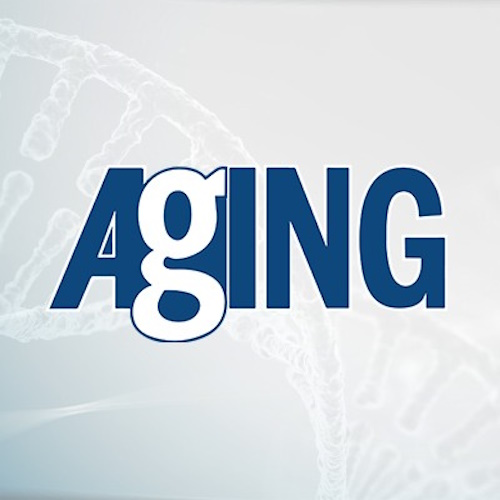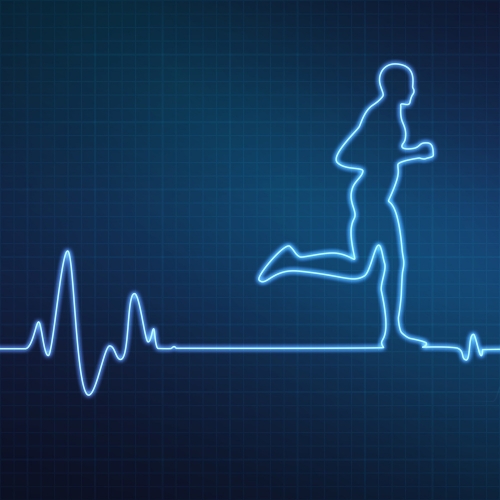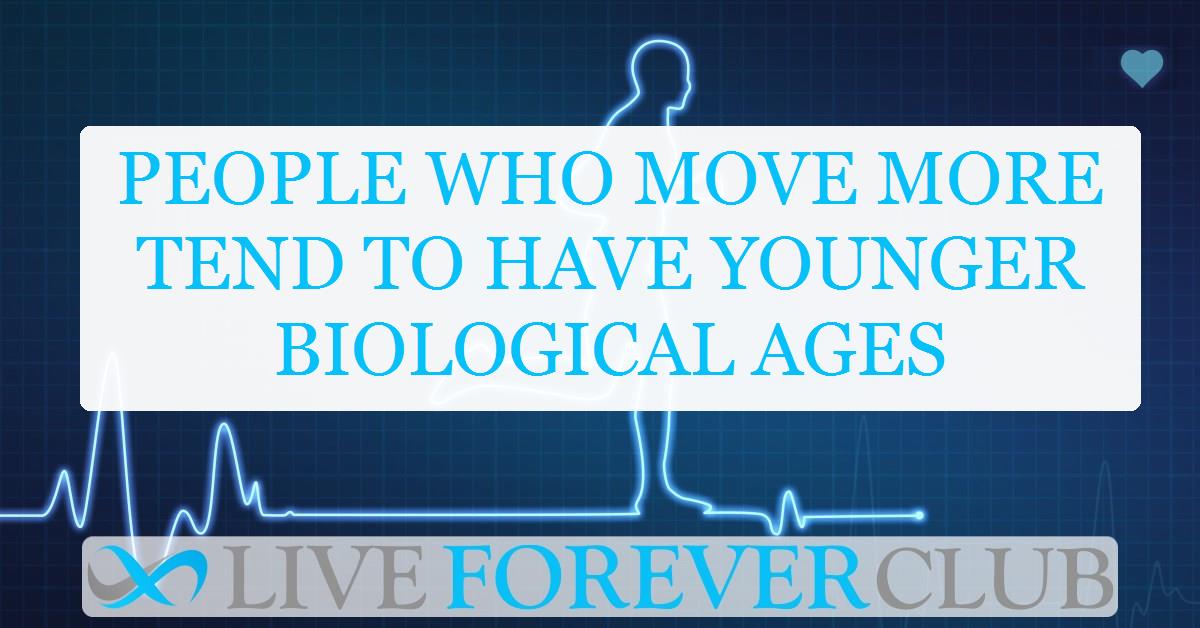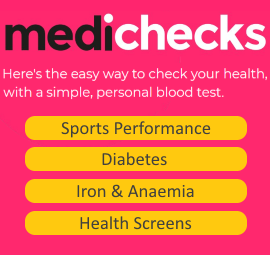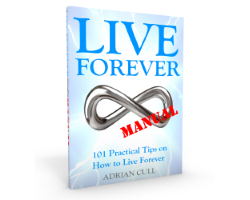When people talk about age, they usually mean the number of candles on a cake. But scientists have long suspected that age isn’t just a matter of time. Two people can be the same age chronologically and yet differ drastically in energy, appearance, and health. This mystery led researchers to develop a better measure: biological age.
Biological age attempts to capture how old your body truly is. Unlike calendar years, it reflects wear and tear on cells. And one of the most accurate ways to measure it today is through DNA methylation. This process tracks how certain chemical tags change on DNA as you age. These changes can act like time stamps, offering insights into how your lifestyle shapes your internal clock.
Among the many influences on biological age, physical activity (PA) stands out. Now, a new study adds clarity to that connection—and the results are compelling.
Study Links Movement to a Younger You
In research published in npj Aging (2025), scientists analyzed how levels of physical activity relate to DNA methylation-predicted age. This approach used data from nearly a thousand Americans, aged 50 to 85, forming one of the most comprehensive studies on this topic. By dividing people into four groups based on activity levels, the researchers examined biological age through eight distinct epigenetic clocks.
Each clock focuses on slightly different biological signals. Some, like HorvathAge and HannumAge, are known as first-generation clocks. Others, such as LinAge and SkinBloodAge, provide newer views into how your tissues and immune system age. These clocks offer more than just academic insights—they tell us how quickly your cells are declining, and how that links to your risk of chronic disease.
The takeaway was consistent: the more you move, the younger you become—at least at the molecular level.
What the Numbers Say About Exercise and Age
Using advanced statistical models, researchers showed that increased physical activity consistently aligned with lower biological age estimates. These relationships held even after adjusting for factors such as gender, race, education, smoking, alcohol use, and body mass index. The biggest effects were seen in two clocks—SkinBloodAge and LinAge—suggesting these may be most responsive to lifestyle changes.
For instance, participants in the most active group had biological ages that were several years younger than those in the least active group. The strength of this association wasn’t just statistical—it followed a linear trend. As physical activity increased, predicted biological age dropped.
These findings highlight a powerful message: regular movement can help delay the internal signs of ageing. Even moderate activity levels showed protective effects, reinforcing that every bit of movement counts.
Who Gains the Most from Staying Active?
Though exercise benefits nearly everyone, the study revealed some interesting nuances. Subgroup analyses pointed to stronger associations in certain populations. Non-Hispanic white individuals, people with a body mass index between 25 and 30, and former smokers all showed particularly strong benefits.
Current smokers also appeared to gain, but researchers caution that this group may have hidden factors influencing the outcome. Active smokers may also engage in fewer harmful behaviors overall, making their profiles different from sedentary smokers. Still, the data suggests that being active can partially buffer the negative effects of smoking.
The study also explored how gender, income, and education influence the relationship between PA and ageing. These interactions were complex but meaningful. The conclusion is clear: lifestyle factors don’t exist in isolation, and how they impact ageing depends on a person's broader context.
Exercise May Work by Taming Inflammation and Stress
How exactly does movement slow the march of time? One possible explanation lies in inflammation. Chronic low-level inflammation accelerates biological ageing, and regular physical activity is known to reduce inflammatory markers such as C-reactive protein.
Exercise also counters oxidative stress, another key driver of ageing. By improving the body’s antioxidant defenses, movement protects cells from damage. These effects, combined with better metabolic health and enhanced immune function, create an environment that slows ageing at the cellular level.
Previous studies have shown exercise lengthens telomeres—the protective caps at the ends of chromosomes. This study builds on that work using more detailed molecular data. Together, they form a growing body of evidence that being active affects how our cells behave and survive over time.
Physical Activity’s Dose-Dependent Benefit
The researchers used a metric called MET-minutes per week to capture activity levels. Participants were grouped into four quartiles, from the least active to the most. Those in the top quartile exceeded 7897 MET-minutes per week—an amount linked to the lowest biological age.
This dose-response pattern is especially striking because it shows benefits scale with effort. Unlike many health recommendations that have plateaus, this study found no clear upper limit where benefits stopped. More movement led to more favourable ageing markers, supporting the idea that consistent, vigorous activity brings the best rewards.
What’s more, this study examined eight different clocks, each offering a unique view of cellular ageing. The consistent results across clocks suggest that exercise influences multiple biological pathways, not just one.
Tsinghua University’s Legacy and Its Relevance Today
A unique aspect of the study is its link to Tsinghua University. The researchers referenced a long-held belief at the university: “No sports, no Tsinghua.” This philosophy values physical training not only for performance but also for building resilience.
John Mo, the first director of Tsinghua’s Physical Education Department, emphasized that the benefits of exercise go far beyond the gym. Regular physical activity improves energy, sleep, and recovery. It builds a foundation for tackling challenges, whether in academics, work, or health.
This research gives scientific weight to those values. It shows that movement isn’t just good advice—it’s embedded in how our bodies age and recover.
Important Caveats and Where Research Must Go Next
Despite its strengths, the study had several limitations. First, it used self-reported data to track activity levels, which can be unreliable. People often misjudge how much they move or recall details incorrectly. Second, the study was cross-sectional. That means it captures a moment in time, not cause-and-effect relationships.
Longitudinal studies, which follow people over years, will be key to confirming these findings. More accurate tracking using wearables like accelerometers will also improve future data. The researchers also noted they couldn’t calculate certain advanced ageing markers, like age acceleration, due to dataset limits.
Still, the consistency of the results—especially across eight different clocks—makes the conclusions hard to ignore. Regular physical activity appears to offer a powerful way to slow biological ageing.
A New Tool for Public Health: Movement
With rising life expectancy and growing concern over age-related diseases, this study arrives at the right time. Public health efforts often focus on disease treatment. But these findings point toward prevention—specifically, through lifestyle change.
Promoting regular exercise could help extend not just lifespan, but healthspan. For older adults, the benefits may be even greater. Biological clocks reflect subtle damage that often shows up before symptoms do. By turning back that clock through movement, people can potentially prevent illness before it starts.
The message is simple. Move your body, protect your cells, and age more gracefully.
The study is published in the journal Npj Aging. It was led by researchers from Tsinghua University.
